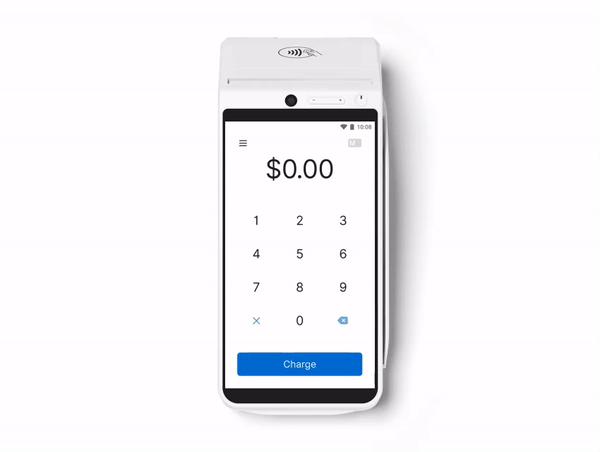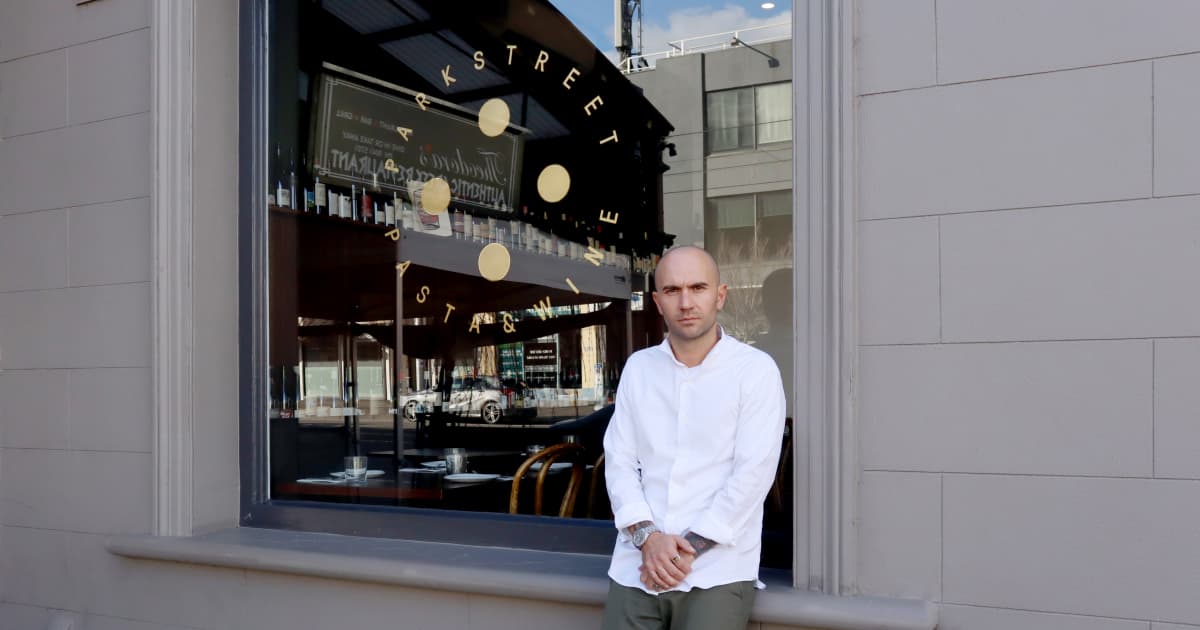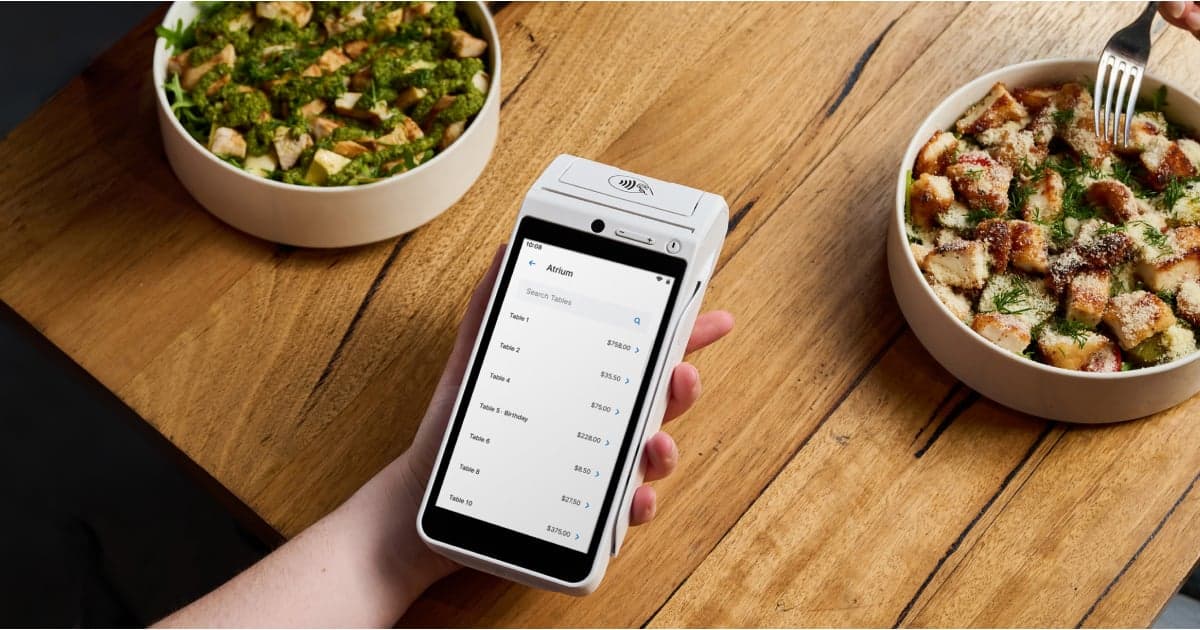
- EFTPOS & Point of Sale Solutions
Tipping in Australia: How to Prompt for Maximum Tips
Diners are more willing to tip than ever, but only if prompted.
Whether it’s a tip jar on the coffee shop counter, a line for a gratuity inclusion on the restaurant bill, or a prompt on the EFTPOS terminal screen, a degree of tipping has been slowly integrated into Australia’s hospitality culture over time. Yet it’s only recently that diners have begun embracing the opportunity to leave a few extra dollars to show their appreciation for great service.
Zeller research, conducted in September 2021, found 70% of Australians are willing to leave a tip when dining out or taking away. Compared to prior research, this represents a significant shift in diners' attitudes towards tipping; Australians are 233% more likely to leave a tip today than they were 4 years ago. Not only that, Zeller research also uncovered that diners aged 35 and under are the most likely to tip — and that, overall, diners are more likely to leave a tip when the transaction is processed through an EFTPOS terminal and they are prompted to do so.
Keep reading to discover more about the growing tipping trend, and how hospitality merchants can use these insights to grow tips.
What’s driving the trend towards tipping?
It’s fair to say that tipping is not ingrained in Australian culture. Unlike in the United States, where a percentage-based tip is considered customary, there is no social or cultural expectation to leave a gratuity when dining out.
Nevertheless, it’s becoming increasingly common for diners to leave a tip at restaurants, bars, cafes, coffee shops, and even takeaway venues — largely thanks to the convenience of cashless payments, and a generational shift in mindset. For merchants, this represents an opportunity to improve staff happiness and reduce turnover; enable your employees to get tips, and you’ll be more likely to retain them for the long-run.
Technology prompts more frequent tipping
Research shows that in 2017, just 1 in 5 Australian diners (20%) would regularly leave a tip. Zeller’s new research shows this has now increased to 70% — and that automatic tipping prompts are driving the trend. Belinda Porra, Manager at Bar Positano, has experienced this shift firsthand.
“Payment technology makes a huge difference to tipping. Traditionally people tipped with their spare change, but now a lot of people don’t carry cash. The easier it is to tip at the point of payment the better it is for our venue and our staff,” she says.
The correlation between this generous trend and the death of physical cash is clear; the days of slipping a note into the receipt folder are over. The majority of diners are paying for their meals with a card or smart device these days, and 57% of diners say an automatic prompt in the payment flow would make them more likely to leave a tip. After all, it’s far easier for a diner to simply tap your EFTPOS terminal than rummage around for cash. Plus, when tipping via card or smart device, diners aren’t restricted by the amount of notes or coins in their wallet.
Ready to get started with Zeller?
Sign up nowThe generational tipping point
The increasing frequency at which Australian diners are tipping can also be attributed, at least in part, to the socially conscious Millennial and Generation Z cohorts. Zeller research shows an increasing tendency to tip in younger diners; 81% of 16 to 25-year-olds and 76% of 25 to 35-year-olds say they would regularly leave a tip. These younger generations are also the least likely to carry cash, instead opting for contactless payment methods such as cards and digital wallets on their smartwatches and mobile devices — which make tipping all the more convenient.
That’s not to say older generations don’t tip, yet it indicates a growing generational shift towards tipping. As these diners age and a new generation begins visiting hospitality venues, merchants have an increased opportunity to benefit from this societal shift and grow their tips. The question is, how do you encourage diners to leave the highest tip they are willing to pay, so you’re not leaving money on the table?
The key is prompting your diners with the right percentage-based tip amount in the payment flow — so that more diners elect to leave a tip, more often.
How much are your customers willing to tip?
We analysed thousands of transactions, processed via Zeller Terminals, to determine how much (or how little) diners across Australia tip, and discovered the two most influential factors are the transaction amount and the venue’s location.
1. Average transaction amount
It would seem logical to assume that the higher the transaction, the higher the tip — but that’s not the case. Zeller data shows that transactions under $10 and transactions over $100 fetch the highest tips, when considered as a percentage of the total transaction amount.

Transactions of $10 and under typically attract a tip of 6.94% — meaning that a $10 sandwich would fetch an average tip of 69 cents. On the other hand, diners whose bill comes to over $100 will leave a 6.45% tip on average. To put that in perspective, a $150 meal fetches an average gratuity of $9.67.
This finding shows that the average transaction amount must be taken into consideration when setting tipping prompt amounts. The average tip for a venue’s average transaction amount should be included as an option, rounded to the nearest number. This is the amount the average diner is comfortable paying, so it’s probably the option they’ll select without too much thought.
2. Venue location
Tipping attitudes vary widely across Australia, so it’s also important for merchants to consider location in determining their tipping prompt amounts. In New South Wales, diners leave an average of 3.67% — whereas transactions in the Australian Capital Territory fetch a 9.6% gratuity on average.

Understanding the level at which your diners currently tip is important. In New South Wales, for example, you may turn diners off tipping entirely if you prompt them to leave a 15% gratuity — because the average tip is 3.67%.
Prompt your diners to tip at the level they are most comfortable, and they'll be more likely to take the option.
Customising your payment flow for maximum tips
Although there’s a clear trend towards tipping, it remains important to provide diners with options; not everyone will be comfortable tipping the same amount. Prompt a diner to leave a bigger tip than they are comfortable with, and they likely won’t leave one at all.
Zeller Terminal allows you to set three custom percentage-based tipping points, or nudge the diner to enter an amount. In setting your tipping amounts, carefully consider how much your customers say they are willing to pay.

For example, a cafe owner in Queensland whose customers typically spend around $55 might set their tipping prompts at:
5% — as the average tip for this price point is 4.54% of the transaction amount
7% — as the State’s average tip is 6.93% of the total bill
10% — as some diners will naturally tip more
Alternatively, you could invite diners to leave a tip of any amount they wish. However, the convenience of simply tapping one of three options is difficult to beat.
You can track tips accepted via Zeller Terminal in Zeller Dashboard and, after a month or so, determine whether your venue is achieving the average tip amount for its location and average transaction amount. Updating your tipping prompts is simple, and will update the settings across multiple terminals and locations instantly.
As more and more Australian diners embrace tipping, it pays to ensure you have the ability to accept gratuities. Your staff will be grateful for the opportunity to take home a little extra cash, and you’ll benefit from happy workers with the additional financial motivation to provide every customer with exceptional service.

Let us help your business grow.
Zeller Sales is here to help you succeed.
Leave your contact details and we’ll be in touch soon.
By sharing your details with us, we may contact you from time to time. We promise we won’t bug you — and you can unsubscribe from communications at any time.



